Helium startups on the Prairies hope to keep domestic supplies afloat
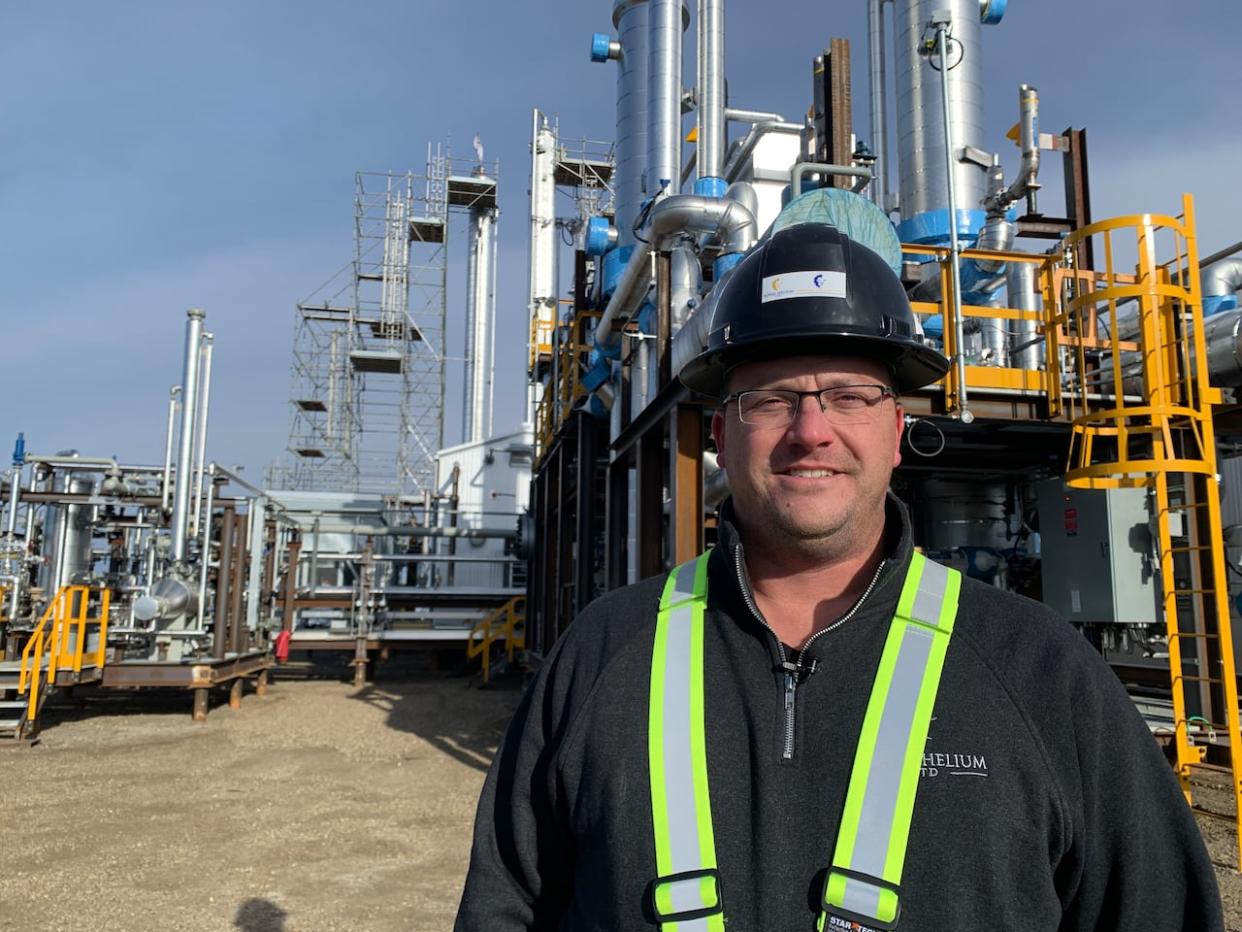
To the untrained eye, the collection of pipes and structures rising out of the prairie 200 kilometres east of Calgary looks like any other natural gas processing plant in southern Alberta.
But the Steveville plant isn't focused on extracting hydrocarbons. Instead, the prize it's seeking deep underground is helium.
The element is most commonly associated with party balloons, but it has myriad other applications ranging from its use in MRI machines to semiconductors to the aerospace industry.
Helium supply has tightened and prices have climbed in recent years, owing in part to the gradual depletion of the U.S. strategic helium reserve along with a cascading series of four global helium shortages since 2006.
Now, a new crop of helium prospectors on the Prairies hope to cash in on the in-demand commodity.
"There is such a shortage that [companies] will come now to the producers and try to contract on the volumes before you've even started producing them," said Andrew Davidson, president and CEO of Royal Helium, a publicly traded company that owns the facility near Brooks, Alta.
The plant started up in October and has already secured a long-term contract to supply an American space launch company — though it's tight-lipped about which one.
Also in October, Royal Helium joined four other helium startups to create the Helium Developers' Association of Canada, an industry group representing companies at various stages of exploration and production.
The group believes Canada has the resources and know-how to become a greater player in the global helium market, and says it is particularly well-suited to producing helium for North American consumption.
It's pushing for favourable government policies to ramp up production as soon as possible.
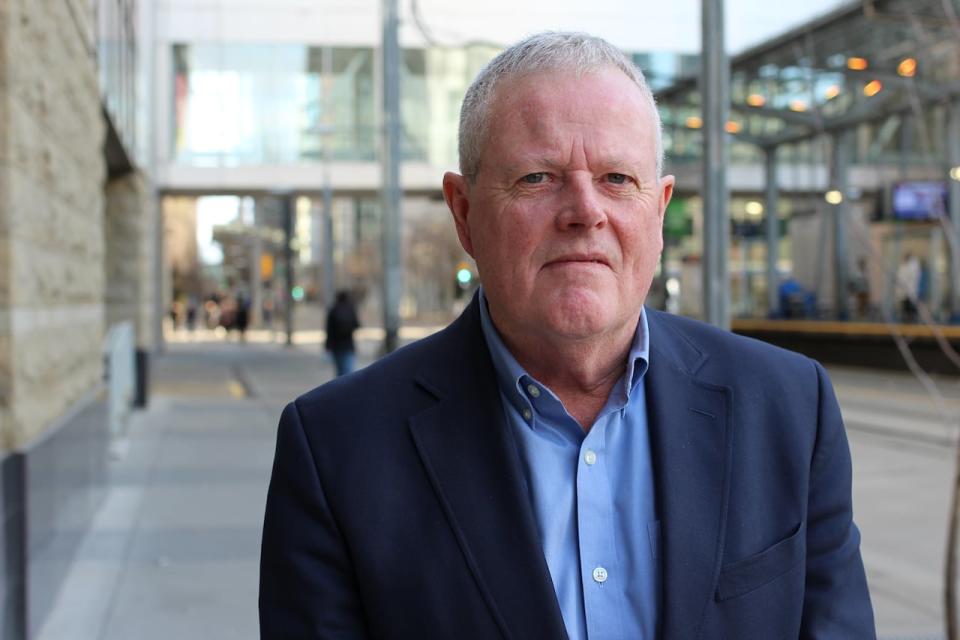
Richard Dunn, executive director of the Helium Developers' Association of Canada, believes a new wave of startups could play a critical role in maintaining a domestic supply of helium. (Paula Duhatschek/CBC)
"We have this opportunity, there's a growing need and from a security of supply perspective, it makes an awful lot of sense," said Richard Dunn, the organization's executive director.
Still, it isn't clear how long the window of opportunity may last. As Canadian companies race to extract helium, they'll face competition from global energy giants with the same idea.
The case for Canadian helium
According to the United States Geological Survey, Canada has about 70 billion cubic feet of helium resources, the fifth largest concentration in the world. Most of that is found in southern Alberta and Saskatchewan.
Saskatchewan is further along in helium development. Land leased for helium exploration in that province has quadrupled since 2018, according to the Canada Energy Regulator. The government has set an ambitious goal of supplying 10 per cent of the world's helium by decade's end.
One of the more prominent players is North American Helium, which recently brought its seventh helium purification facility online near Ponteix, Sask., and boasts the rights to more than nine million acres of prospective land.
The Prairie provinces have a few advantages in the field.
One is that aspiring companies have a good sense of where to look for helium, thanks to historical records generated by decades of oil and gas exploration.
The Royal Helium site, for example, was first drilled back in the 1940s.
It wasn't pursued as it didn't yield much methane, and helium wasn't then considered a particularly valuable commodity, Davidson said. But records from that decades-old exploration meant the company knew where to look when it drilled again, this time on the hunt for something different.
"You can start this process by essentially mining data that other people have compiled over the past 50 to 60 years," said Davidson.
Another advantage: there are already people living in Alberta and Saskatchewan who know how to run a natural gas plant.
"The availability of labour to do this is plentiful," he said.
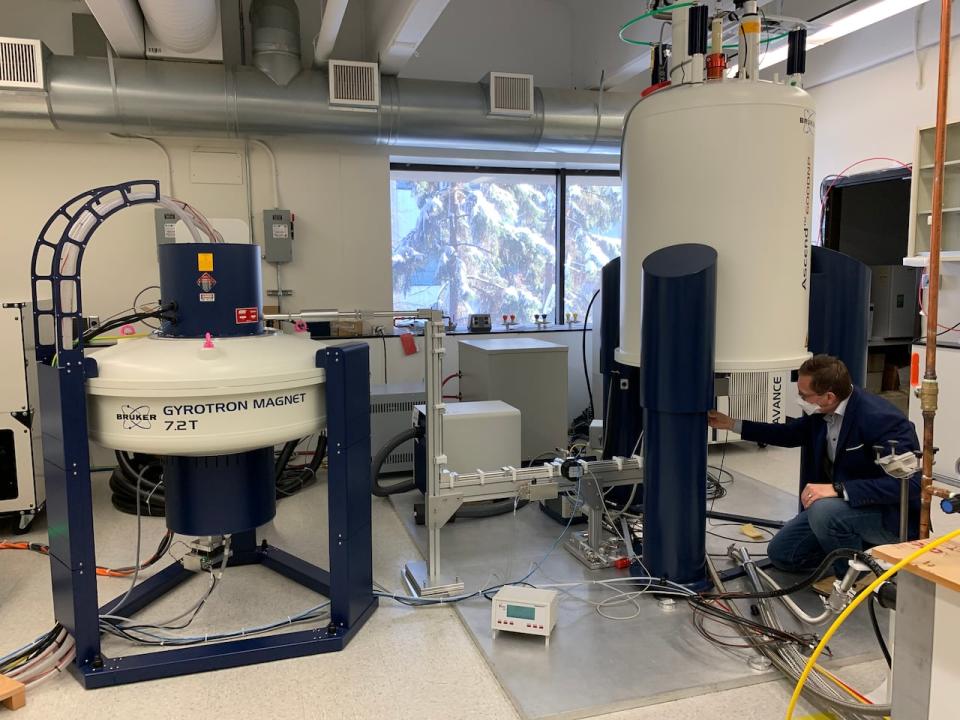
Chemistry professor Vlad Michaelis inspects instruments with superconducting magnets at the University of Alberta. (Julia Wong/CBC)
The push to extract more helium locally is good news to Vlad Michaelis. The associate chemistry professor at the University of Alberta has been repeatedly frustrated by the past decade of helium shortages.
His research relies on liquid helium to cool superconducting magnets that must be kept at two degrees Kelvin, or -271 C. When there's a helium shortage, the lab has to scramble to find a new supplier and weigh whether to shut one of the machines down — a process that isn't easily reversed.
"If we can find a Canadian solution … that can basically ensure a valuable and safe supply that we can depend on for all of Canada and North America in general, I think that'd be a fantastic idea, fantastic opportunity, and something we've probably needed for at least decades," said Michaelis.
End of boom times?
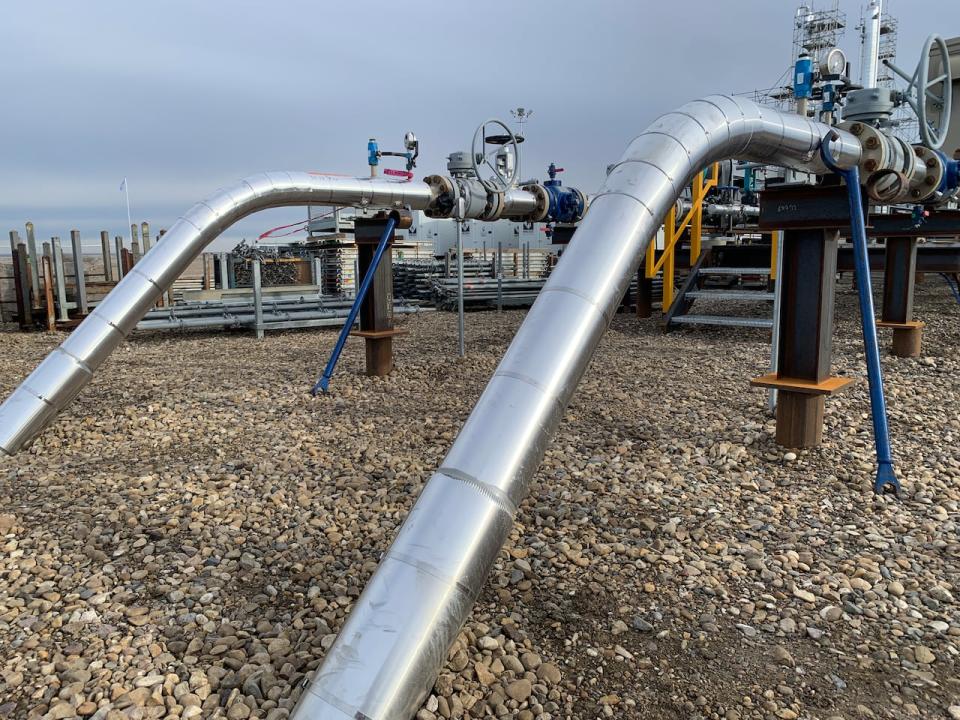
The tank pumped by Royal Helium contains only 0.5 per cent helium, but this concentration is enough for profitable operation, according to the company's CEO. (Tiphanie Roquette/CBC)
But momentum for the nascent helium industry could falter if high prices start to taper.
Both Russia and Qatar are ramping up production in the years ahead, meaning the world could see an oversupply later in the decade, said helium consultant Phil Kornbluth, owner of Kornbluth Helium Consulting in Bridgewater, N.J.
That doesn't mean Canadian companies won't be able to sell their helium, he said. Countries like the U.S. will presumably be happy to buy from a reliably stable and friendly trading partner.
But, he added, "they will be selling the helium most likely at prices that are significantly lower than they are now."
Kornbluth said that leaves startups with a relatively short window of time to secure funding and start producing helium before prices fall and investors' interest wanes.
But securing funding is a challenge even now, said Dunn. A primary hurdle is that helium producers aren't eligible for the same tax incentives used by junior mineral explorers to mitigate upfront exploration and production costs and to court investors.
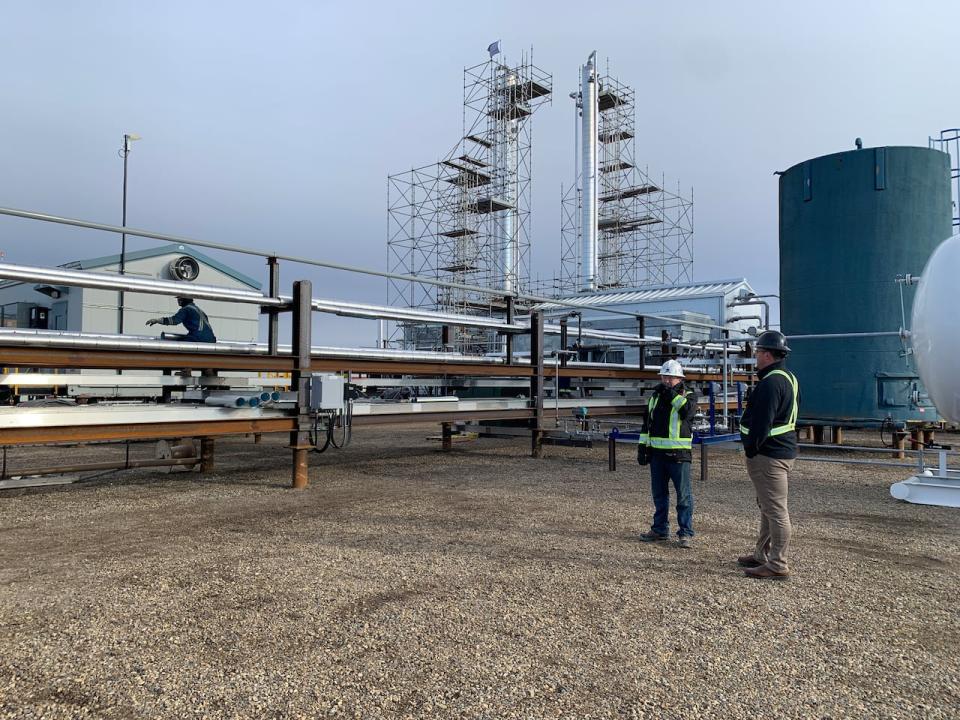
Many employees at Royal Helium have experience in the oil and gas industry, said Davidson. (Tiphanie Roquette/CBC)
The helium association wants access to those same incentives and has called for change in a submission to the upcoming federal budget.
"There's a window of opportunity, as with anything, and we're going to need to move on it expeditiously to win," said Dunn, adding Canada also faces competition from private U.S. companies with similar plans.
Still, Dunn is bullish about the future of Canadian helium. As it's used in a greater variety of applications, he believes the need will only continue to grow, and that Canada could play an important role in bolstering the North American supply.
Davidson, with Royal Helium, is similarly optimistic.
"What we'd like to see," he said, "is two more of these plants in the next 12 to 18 months, purifying helium on both the Alberta side and Saskatchewan side of the border."

